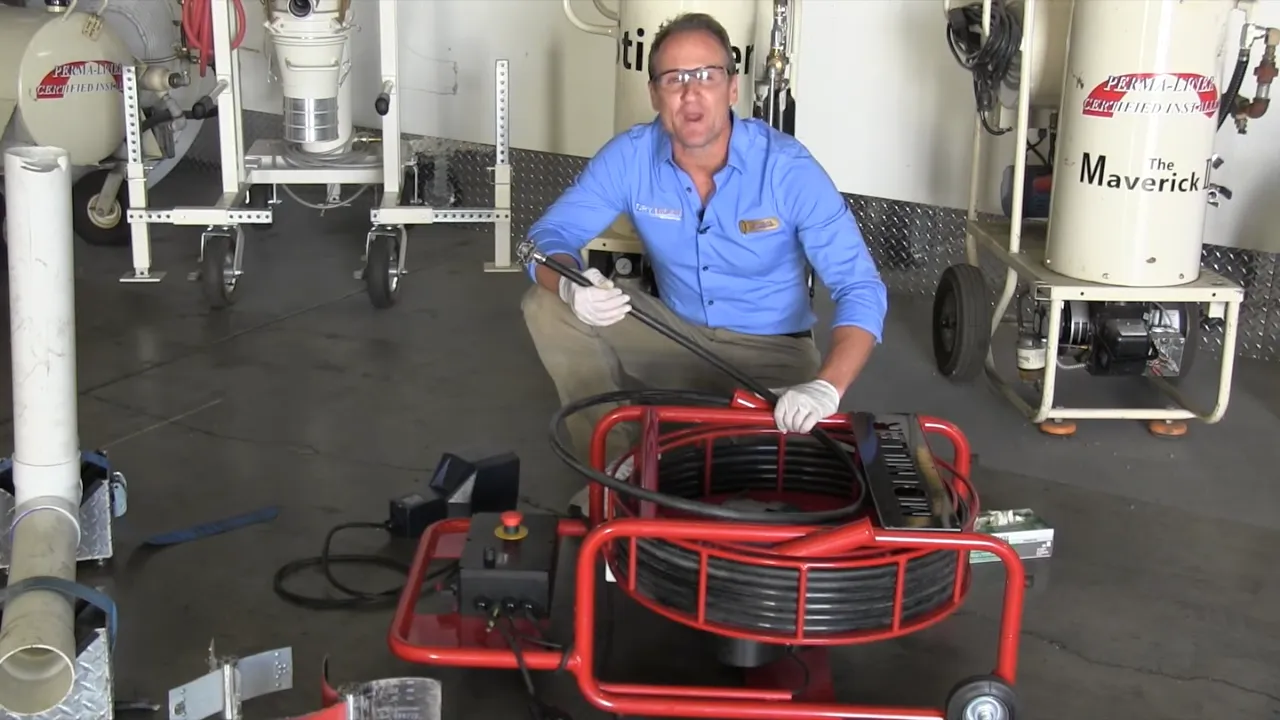Cast iron pipes have been a hallmark of sturdy plumbing systems for years, their durable nature making them a favorite among many households and commercial establishments. Their robustness, however, doesn’t exempt them from the common plumbing issue: clogging.
Clogged cast iron pipes can impede the flow of water, leading to potential backups and even damage. Quick identification and timely intervention can save homeowners a lot of stress and money. Clearing a clog in cast iron pipes is not as daunting as it may seem, especially when equipped with the right knowledge and tools.
Many factors contribute to the clogging of these pipes, from the accumulation of hair and grease to foreign objects accidentally making their way down the drain. Whatever the reason, there are several tried-and-true methods to address these blockages, ensuring the smooth operation of your plumbing system.
H2: The Importance of Clear Pipes
H3: Significance of Maintenance
Maintaining clear pipes is the cornerstone of a healthy plumbing system. With proper care, homeowners can:
- Avoid unexpected plumbing emergencies.
- Ensure smooth flow of water and waste.
- Prolong the lifespan of the plumbing system.
- Minimize costs associated with major repairs.
When you prioritize regular maintenance, you’re essentially investing in the longevity of your home’s plumbing infrastructure.
H3: Potential Damage from Clogs
Blocked pipes are more than just a minor inconvenience. Letting them persist can lead to:
- Backups: Overflows can damage property and become a health hazard.
- Pipe Damage: Continuous pressure from trapped water might rupture pipes.
- Odor: Stagnant water can produce unpleasant smells.
- Increased Utility Bills: A stressed plumbing system can lead to higher water bills.
Remember, minor blockages can escalate into significant problems if not addressed in a timely manner.
H2: Detecting a Clog
H3: Early Signs of Blockage
Identifying a clog early on is crucial to mitigate potential damage. Here are some tell-tale signs:
- Slow Drainage: If sinks or tubs are taking longer to drain, it might signal a developing clog.
- Gurgling Sounds: Noises from drains or toilets can indicate trapped air due to blockages.
- Frequent Plunger Use: Regularly needing a plunger for toilets or sinks is a red flag.
- Unpleasant Odors: Smells emanating from drains can point to trapped waste.
Regular inspections can help identify these signs before they worsen.
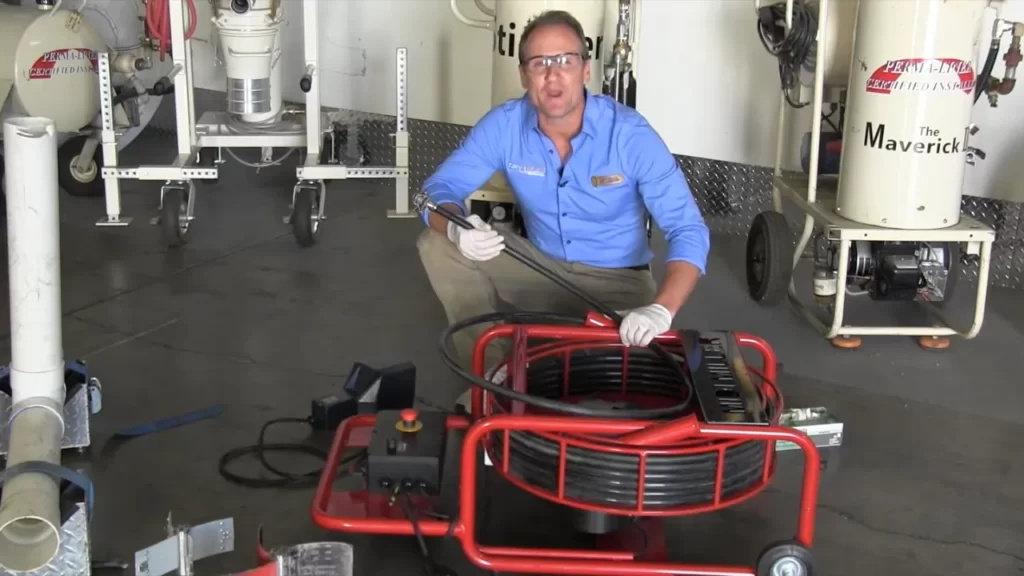
H3: Effects on Daily Usage
A clogged plumbing system can dramatically affect daily activities:
- Hindered Cleaning: Drains might not clear out water efficiently, complicating tasks like dishwashing or taking a shower.
- Toilet Troubles: Repeated clogging or inefficient flushing can disrupt regular use.
- Potential Health Issues: Backed up sewage or stagnant water can lead to mold growth, impacting indoor air quality.
Such disruptions can significantly diminish the quality of day-to-day living.
H2: Safe Materials for Cast Iron
H3: Brief on Suitable Cleaners
For cast iron pipes, not all cleaners are created equal. When seeking solutions, prioritize:
- Natural Cleaners: Mixtures like baking soda and vinegar can efficiently clear minor blockages without corroding pipes.
- Enzymatic Cleaners: These cleaners contain bacteria that consume organic waste, making them ideal for organic clogs like hair or grease.
- Manual Tools: Devices like plungers or drain snakes can physically dislodge blockages without the need for chemicals.
Regular use of these materials can help maintain the health of cast iron pipes.
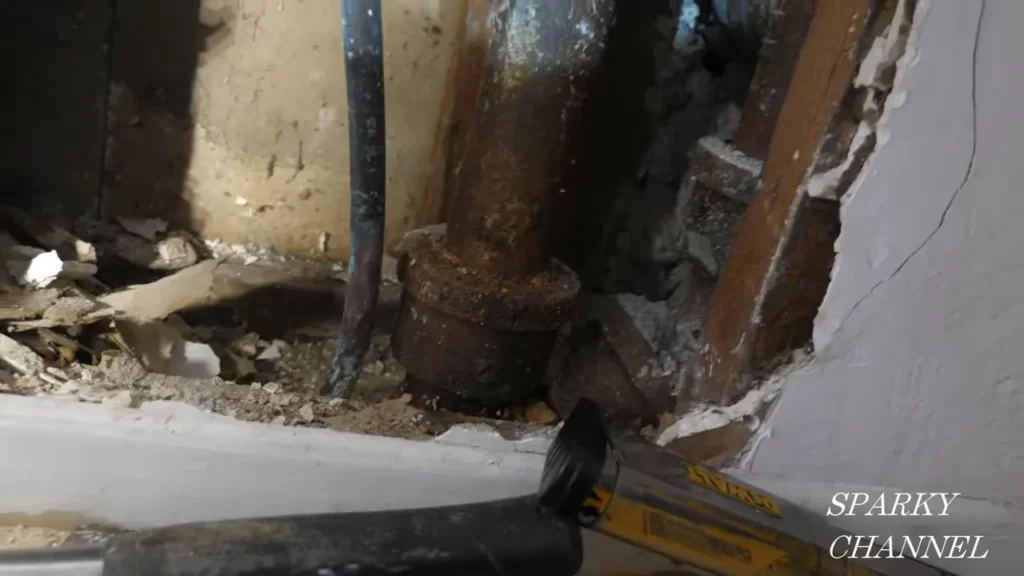
H3: Risks of Chemical Solutions
While chemical drain cleaners might offer quick fixes, they come with potential pitfalls:
- Corrosion: Harsh chemicals can weaken cast iron over time.
- Environmental Impact: Residue from these chemicals can harm ecosystems when they enter waterways.
- Safety Concerns: Splashes or mishandling can lead to skin burns or eye injuries.
- Ineffectiveness: Some clogs, especially larger or more complex ones, might not respond to chemical treatments.
H2: 7 Ways to Clear the Blockage
H3: Natural Cleaners
Benefits and Preparation Natural cleaning agents, notably baking soda and vinegar, are household staples that can effectively clear minor clogs. They’re eco-friendly, easily accessible, and pose no harm to cast iron pipes.
- Mix a cup of baking soda with an equal amount of vinegar.
- Pour the mixture down the drain.
- Wait for about 30 minutes.
- Flush with warm water.
The fizzy reaction helps dislodge blockages, leaving the pipe clear.
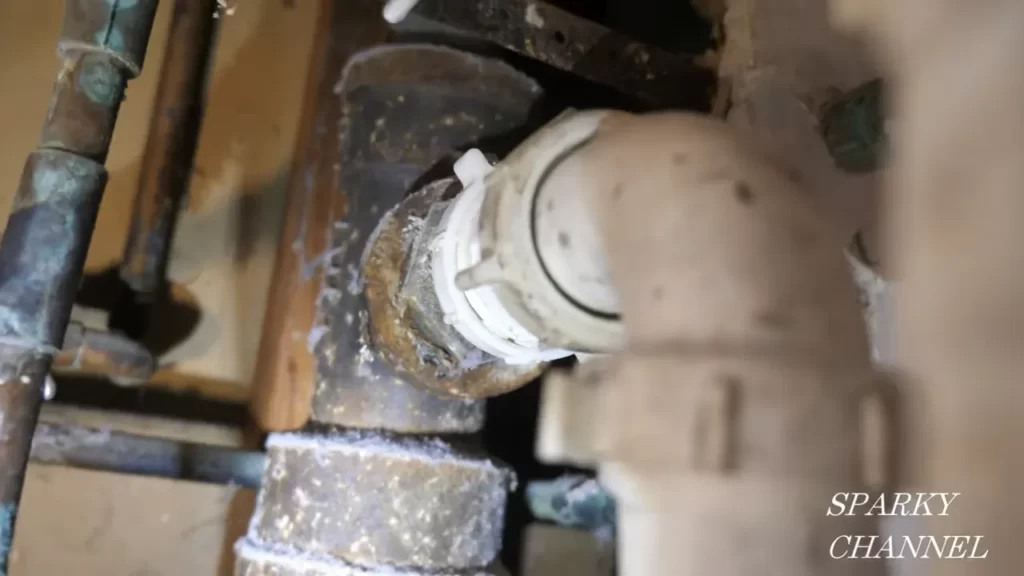
H3: Plunging Method
Proper Technique and Precautions Plungers can be incredibly effective if used right.
- Ensure the plunger cup fully covers the drain.
- Push down firmly and pull up vigorously several times.
- Check the drainage speed to see if the blockage is cleared.
Remember, a good seal between the plunger and the drain is crucial.
H3: Drain Snake Tool
How to Use Effectively A drain snake or auger is a long, flexible tool that can navigate pipes and latch onto blockages.
- Insert the tool into the drain.
- Twist and push the handle to catch the debris.
- Pull the tool out to remove the obstruction.
Safety Measures Wear gloves and be gentle to avoid any pipe damage.
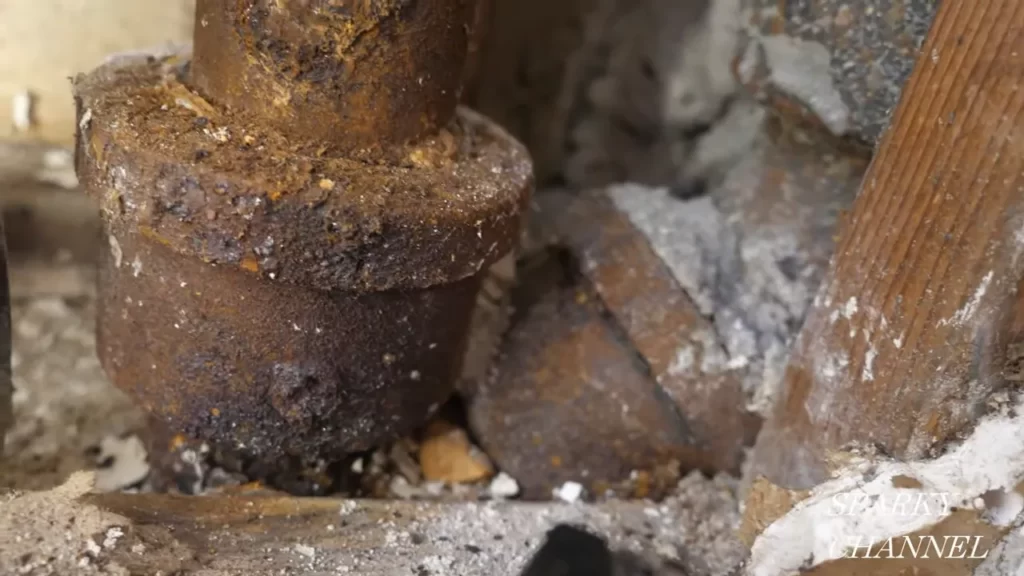
H3: Boiling Water Technique
Procedure and When to Use A simple yet effective method, especially for dissolving soapy build-ups or grease.
- Boil a kettle or pot of water.
- Pour it down the drain slowly in two or three stages.
- Wait a few minutes between each pour.
This technique is best suited for minor blockages.
H3: Enzymatic Drain Cleaners
What Are They? These cleaners contain bacteria that feed on organic waste in the drain, such as hair or food scraps.
How to Use Them Correctly
- Pour the recommended amount into the drain.
- Leave it overnight to allow bacteria to break down the blockage.
- Rinse with water in the morning.
Always follow the manufacturer’s instructions for the best results.
H3: Camera Inspection
When and Why to Consider If you’ve tried multiple methods and the clog remains, it might be deeper or more complex than estimated. A camera inspection provides a clear view of the pipe’s interior, pinpointing the exact location and nature of the clog.
Benefits of Visual Inspection
- Accurate diagnosis of the problem.
- Saves time and effort by targeting the specific issue.
- Prevents unnecessary digging or intrusive methods.
H3: Professional Help
When to Call in the Experts Persistent blockages, frequent recurrence, or suspected pipe damage warrant expert intervention.
Advantages of Expert Intervention
- Efficiency: Professionals possess tools and expertise for quick and thorough resolution.
- Safety: Reduces the risk of potential damage from DIY methods.
- Guarantee: Many services offer a guarantee period, ensuring peace of mind.
H2: Preventive Measures
Regular Maintenance Tips
- Flush your drains with boiling water monthly.
- Install mesh screens on drains to catch debris.
- Regularly check for slow drainage or unusual sounds.
Best Practices for Long Pipe Life
- Avoid disposing of oils or grease down the drain.
- Limit the use of chemical cleaners.
- Educate household members about responsible drain usage.
H2: Common Mistakes to Avoid
Harmful Substances to Avoid Certain substances can accelerate pipe degradation:
- Chemical cleaners: As discussed, they can corrode cast iron.
- Oils and fats: They solidify in pipes, causing blockages.
Practices that Harm Pipe Longevity
- Ignoring minor blockages: Small clogs can escalate if not addressed.
- Using hangers or wires: DIY tools might puncture or damage the pipe.
By being aware of these pitfalls, homeowners can ensure a long and trouble-free lifespan for their cast iron pipes.
FAQs
H3: Why do cast iron pipes clog? The primary reasons include buildup of hair, grease, soap scum, and foreign objects. Over time, these accumulate and restrict water flow.
H3: Can I use chemical drain cleaners? While tempting, many chemical drain cleaners can corrode cast iron pipes. Opt for natural or enzymatic cleaners as safer alternatives.
H3: How often should I check for clogs? Regular checks every few months can help identify potential clogs early on. However, if you notice slow drainage or hear gurgling sounds, inspect immediately.
H3: Are cast iron pipes more prone to clogs? No, clogging isn’t exclusive to cast iron. It’s more about what goes down the drain rather than the pipe material itself.
H3: When should I seek professional help? If you’ve tried multiple methods without success, or if the blockage recurs frequently, it’s time to call in a professional plumber.
Conclusion
Clogs in cast iron pipes, while troublesome, are not insurmountable. With the right approach, most blockages can be cleared without resorting to extensive repairs or replacements. It’s essential to remember that, like all plumbing components, cast iron pipes require attention and regular maintenance.
Ensuring that you are mindful of what goes down your drains and periodically checking for signs of blockages can make a significant difference in the health of your plumbing system. Moreover, opting for safer cleaning alternatives can prolong the life of your cast iron infrastructure, providing you with peace of mind.
